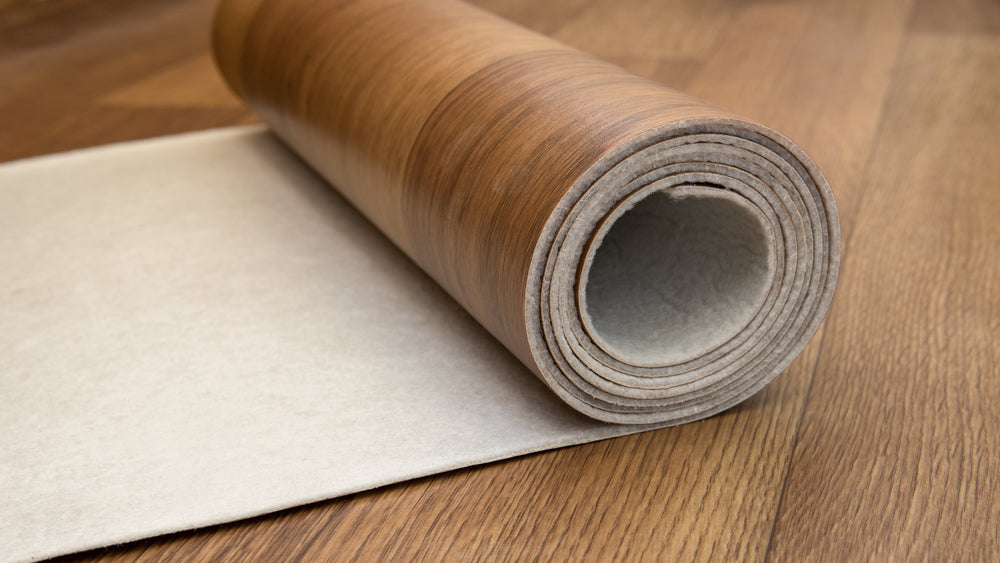The plants around us - linoleum

Next time you walk into a room at home consider the plants that have been utilised to give you the life you enjoy. Cotton curtains, cardboard packaging, and plant-based shampoos. Don’t however forget to look directly under your feet. Wooden floors, laminate, or parquet. They’re all very familiar. But grandmother’s kitchen lino. Is that really from a plant? Surprisingly yes.
Linoleum, conceived by English innovator Frederick Walton, emerged from a lucky accident way back in 1855. Upon forgetting to seal a container of linseed oil, Walton found a rubbery film forming on the surface of the oil. Recognising its potential, he embarked on experiments to speed up the solidification process, leading to the creation of linoleum. At first, Walton called his invention Kampticon, deliberately borrowing the name from Kamptulicon, an existing floor covering popular at the time. He later changed it to Linoleum, which he derived from the Latin words linum (flax) and oleum (oil). In 1860, Walton secured his first patent for the revolutionary material and established the Linoleum Manufacturing Company Ltd in Staines, England. Walton actively marketed his creation into a global market and by 1869 Linoleum's popularity had rocketed with exports reaching Europe and the United States.
Though initially challenged by oil cloth, a long-standing and popular floor covering, Linoleum became the superior option due to its thickness, waterproof properties, and durability. Competing in the United States, Walton came up against Sir Michael Nairn's American Nairn Linoleum Company leading to a trademark dispute over the term linoleum. In 1878, the British Courts ruled against Walton, deeming linoleum a generic term, as it had by then become commonplace. Despite this setback, within fourteen years of its invention, linoleum had entered many homes and commercial spaces, establishing itself as a household name.
Between the 1940’s and 1990’s linoleum saw a decline in popularity but in the 21st century it has started to experience a resurgence in modern homes where it offers a wide palette of colours and prints. Linoleum flooring is becoming recognised for its sustainability credentials making it a popular option for today’s environmentally concerned homeowner. With a lifespan of over 20 years, linoleum is being recommended by architects and interior designers tackling net-zero building designs. And with several production facilities now boasting climate-positive results for every square metre produced, it’s set to become a popular flooring choice in an age where the effects of industrialisation and climate change are being felt globally.







